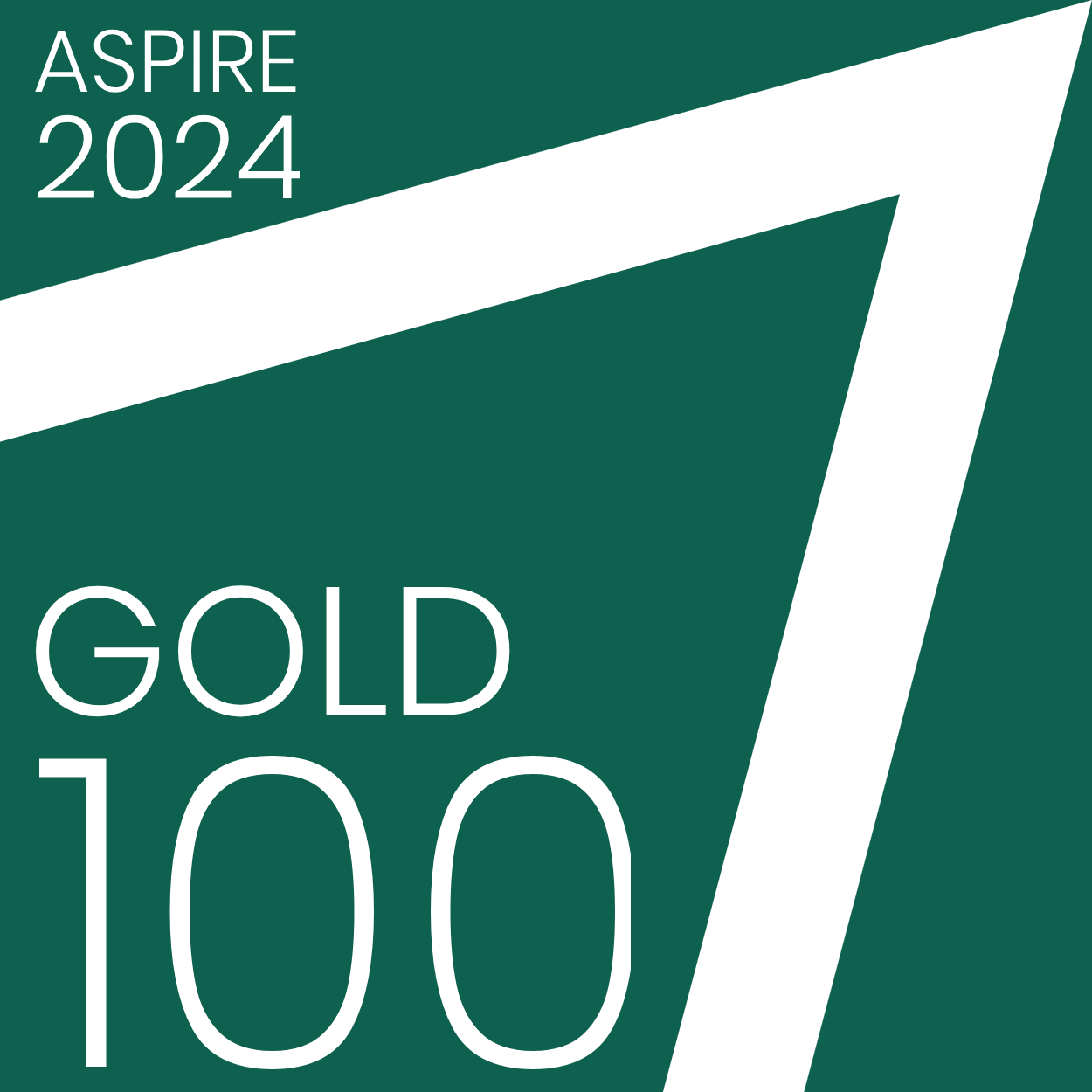

At Gale, we are committed to making our core platform universally accessible and user-friendly in conformance with:
Web Content Accessibility Guidelines (WCAG) 2.1 from the World Wide Web Consortium (W3C), level A & AA
Full details of how Gale’s platforms comply with WCAG 2.1 and Section 508 criteria are available in the form of Voluntary Product Accessibility Template (VPAT) documents.

Gale achieved a 100% Gold rating in February 2024 for the quality of our accessibility information: see the ASPIRE platform list for further details.
If you have any feedback or inquiries, including requests for accessible versions of documents, please contact [email protected]. A member of our Accessibility Council will follow up within three business days to discuss how we can best meet your needs. Requests for accessible versions of historical primary source documents are treated on a case-by-case basis and assessed for feasibility and target turnaround time depending on the length and complexity of the document.
Gale’s platforms are designed to support users with visual, hearing, mobility or cognitive impairments, and any users accessing via keyboard-only inputs or assistive technologies. We employ ARIA (Accessibility for Rich Internet Applications) to enhance navigation, orientation and labelling for users of screen readers and other assistive technology. Our platforms do not convey information or meaning using color only: whenever color is used to convey information, it is paired with an alternative method of conveyance. Color contrast for platform elements is always 4.5:1 or greater: however, documents may include images of tables, charts and graphs that do not meet minimum contrast standards. In the majority of cases, users are able to:
Read articles in HTML text which supports re-sizing and reflowability. All documents in OneFile, In Context and Gale eBooks are available as HTML, as are most documents in Gale Literature and Gale Business Insights. These files are all free of DRM (Digital Rights Management).
Change font, font sizes, font spacing and color contrast, either via browser controls or via a dedicated toolbar which is available at the top of every HTML article. This feature applies changes to the article text only, and the chosen font size persists throughout the user’s session.
Use the ‘Adjust Image’ feature in Gale Primary Sources to change the contrast or invert colours of document images
Zoom in up to 200% using the browser zoom function without requiring horizontal scrolling
Read OCR (Optical Character Recognition) text for the majority of Gale Primary Sources archives
Use a keyboard to navigate the site without encountering keyboard traps
Use a screen reader to access text, either via a third-party application or using the built-in Readspeaker functionality which is accessible in the article toolbar for all HTML articles (see the Readspeaker Support Page for further details and guidance). Users can also use built-in browser functionality (e.g. the Edge browser’s text-to-speech features) or browser plugins for Chrome or Firefox (note: users are responsible for checking the suitability and safety of any plugin before installing).
Skip to main content to avoid repetitive links
Read page titles which are consistent and descriptive, allowing users to immediately grasp what the contents of the page are
Easily navigate the site using consistently tagged structural elements such as headings and ARIA regions to ensure correct reading order, and correctly named links
Use predictive search (search assist) to see recommended search terms
Use forms which have correct field labels and easily understandable error messages
Download PDFs where available, with no Digital Rights Management (DRM) restrictions on copying or printing functionality. Users who require full book files can contact [email protected] and any PDFs provided will also be DRM-free.
Access transcripts and closed captions of video and audio content.
For an optimal online reading experience, we recommend using Gale’s HTML text article display, as this supports all of the Accessibility Features described above, such as re-sizing, reflow and text-to-speech access, either via browser controls or via the toolbar at the top of every HTML article. Options include:
Additionally, the HTML includes Text-to-speech using Readspeaker (https://support.gale.com/doc/readspeaker) and the ability to translate into 49 languages.
This tutorial shows how to use tools like Translate, Listen, and Display Edit within many Gale resources: https://support.gale.com/doc/galetools-video7
For offline reading of articles and book chapters, we provide accessible PDF downloads. EPUB files are not available.
Gale’s platforms have been tested using a combination of automation (using Deque System’s automated AXE tool) and manual testing, covering screen-reader accessibility, keyboard-only use, color contrast, color-blindness accessibility and other criteria stipulated by WCAG. Third-party specialist testers carry out manual testing, including testing by non-sighted users, using JAWS 2018, Non-Visual Desktop Access (NVDA) VoiceOver and Talkback on a range of the most widely used browsers and operating systems. WebAIM’s Color Contrast Analyzer is used to ensure contrast always meets the WCAG threshold. We have worked with the Library Accessibility Alliance and responded to their feedback on Gale Primary Sources platforms.
Recent Gale eBook titles include accessible features such as alt text for images, and we request that our third-party publisher partners also provide accessible files. However, there are a number of issues with older content, digitized historical sources, third-party licensed content and third-party software tools which cause exceptions. As technology evolves, Gale will continue to review these issues and make every effort to remediate them where feasible:
Gale has a proactive rolling program of accessibility compliance work, with dedicated Product, User Experience and Technology leads drawing on accessibility testing reports and feedback from libraries and users to identify and prioritise accessibility enhancements.
Recent improvements to our platforms include:
2024 Improvements:
Planned improvements for 2025:
For information about Cengage textbooks and digital platforms, please see the Cengage Group Accessibility page.